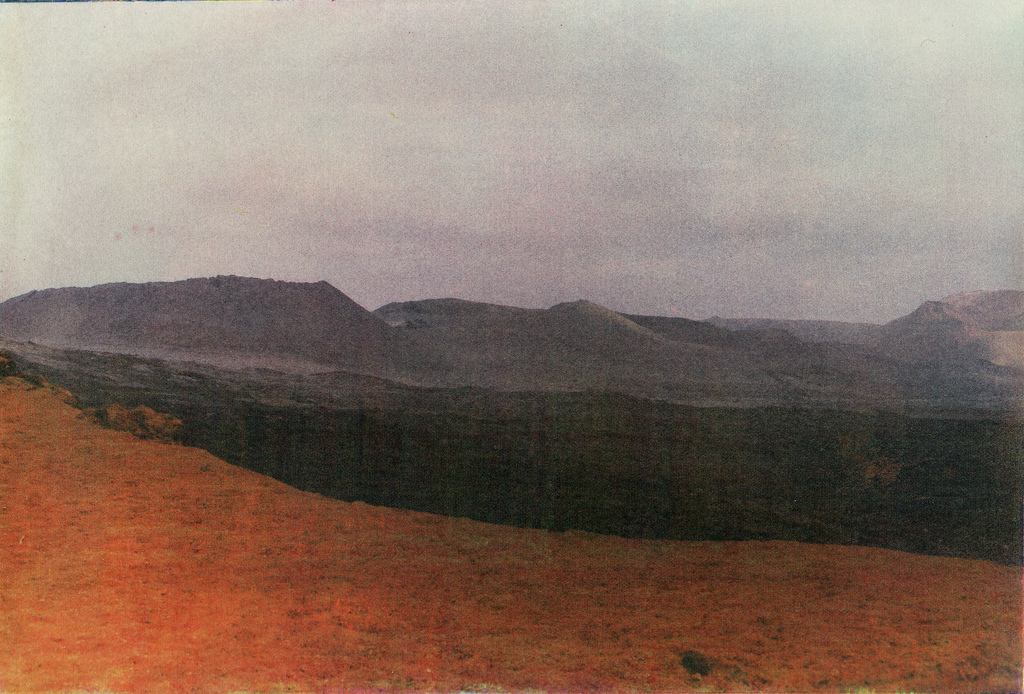Dear Readers,
It is incredible how many nuances
a niche photographic discipline can accommodate. For example, the last featured
portfolio was from Mathieu
Noir. He makes some delightful hand-colored BW photos. Likewise, Corinne is
also a master in this, almost forgotten, photographic technique. But her style
is considerably different. I would say her photos are more »introverted« and
»esoteric«, but that's just my own opinion. Fact is, Corinne uses the very
minimum amount of coloring, but that's also the very aim of her technique; she
only accentuates the aspects she wants to. Her biggest basis of inspiration
were two of the greatest feminists of the past century: the photographer
Francesca Woodman and the novelist Charlotte Perkins Gilman.
When I kindly asked her a brief
description of her work etc., I received such a concise, self-confessing
description, almost metaphysical, that I just could not make it any better in
making a summary, only worse. Below is the summary, by her own words:
"My work resides within the tradition of
self-portraiture, with the foundations of my practice originating from my
fragile emotional state. My life and art have become inextricably intertwined,
greatly influenced by my diary and the feelings it holds. To keep this
emotional state consumed deep within would allow it to thrive, but through the
honest self-portrayals of Misery, Delirium and Melancholia, I am offered a
cathartic release and an opportunity to produce something beautiful from inner
pain.The work is produced in my bedroom, with this room transcending into a
mental space in which I am able to address, and act out my emotions in front of
the camera. The places in which I photograph become my skin with me often
layering paint on to a wall to convey the felt emotion that cannot be seen.
Though my
work is deeply personal the deliberate act of concealing my face disrupts the
gaze between self and viewer, allowing personal identity to transcend into
something which becomes more universal. With the vulnerability expressed in my
work, being further emphasized by the small and intimate format of the
photographs.Though taken in the present, my work exhibits influences of a
past-era with the use of traditional photographic methods. This is greater
complimented by the intimate hand colouring of each piece until the image is
born."
Corinne’s work can be seen on her website.
All photos copyright: Corinne Perry























